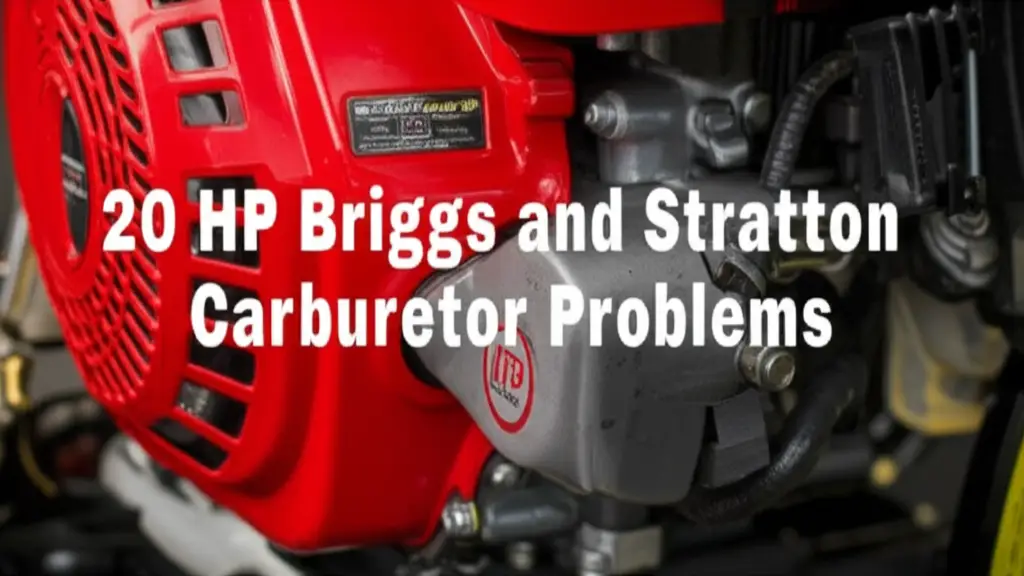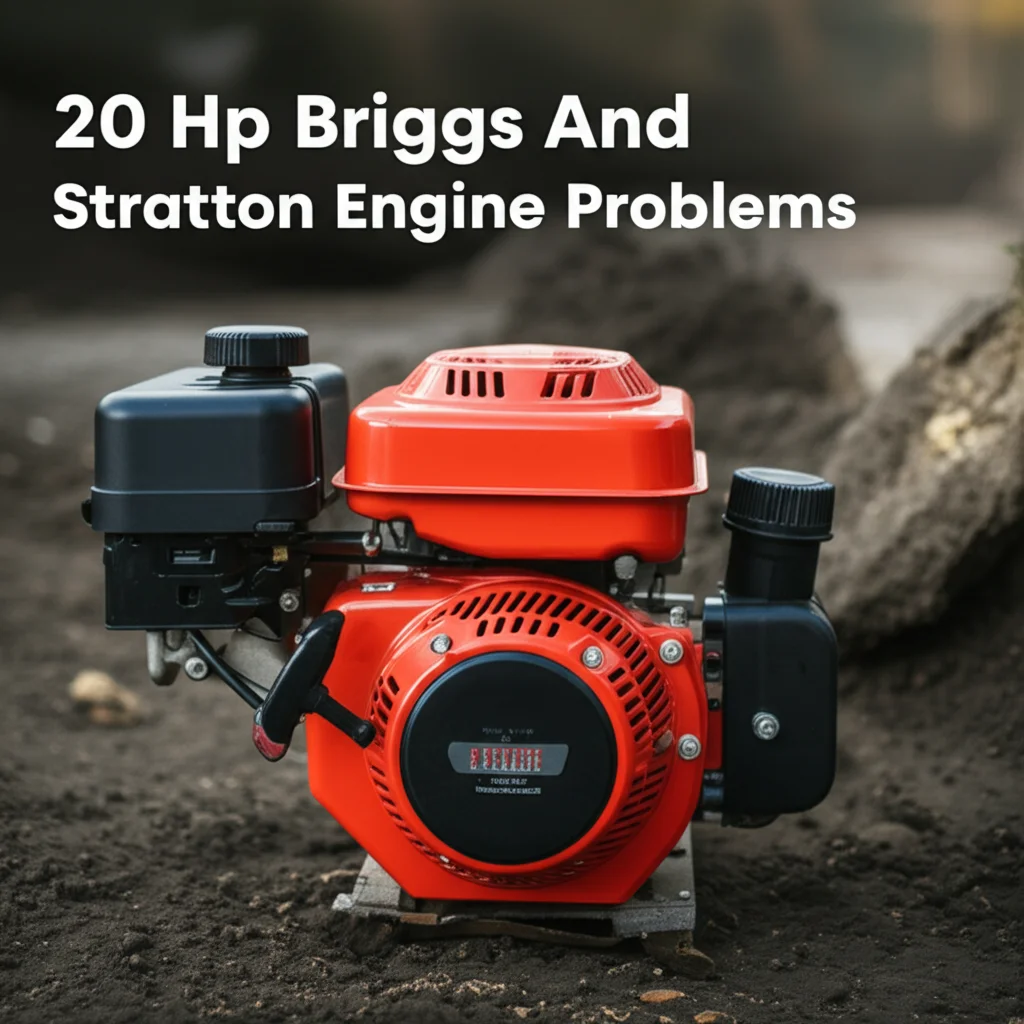· Lawn Mower Repair · 6 min read
Cub Cadet Zero Turn Steering Problems

Cub Cadet Zero Turn Steering: Troubleshooting Common Issues
Dealing with steering problems on your Cub Cadet zero turn mower can be incredibly frustrating. A mower that won’t steer correctly isn’t just inconvenient; it can also lead to an uneven cut and potentially damage your lawn. This article will walk you through the most common causes of Cub Cadet zero turn steering problems and provide practical solutions to get you back to mowing efficiently. We’ll cover everything from simple fixes to more complex repairs, ensuring you have the knowledge to tackle the issue yourself or know when to call a professional.
Takeaway:
- Check hydraulic fluid levels regularly.
- Inspect steering linkages for damage or looseness.
- Ensure the lap bars are functioning correctly.
- Consider professional help for complex hydrostatic issues.
What causes steering problems in a Cub Cadet zero turn mower?
A Cub Cadet zero turn mower relies on a complex hydraulic system for steering. Problems can arise from low fluid levels, leaks in the system, damaged linkages, or issues with the lap bars. Understanding these potential causes is the first step toward resolving the issue. Let’s dive into the specifics.
1. Low Hydraulic Fluid: The Most Common Culprit
Low hydraulic fluid is often the primary reason for steering difficulties in a Cub Cadet zero turn. The hydraulic system provides the power needed to turn the wheels independently, and insufficient fluid reduces this power. Check the fluid reservoir, usually located under the seat, and top it off with the recommended hydraulic fluid specified in your owner’s manual. Remember to use the correct type of fluid, as using the wrong one can cause further damage.
If you find yourself frequently adding hydraulic fluid, it’s a strong indication of a leak somewhere in the system. Investigating and repairing any leaks is crucial to prevent ongoing steering problems. You can find more information about hydrostatic systems and potential issues at https://beacleaner.com/cub-cadet-rzt-50-hydrostatic-transmission-problems.
2. Inspecting for Hydraulic Leaks
Hydraulic leaks can occur in several places within the system. Carefully inspect the hydraulic lines, cylinders, and pump for any signs of fluid leakage. Look for wet spots, drips, or fluid accumulation around these components. Pay close attention to the connections and fittings, as these are common leak points.
If you find a leak, tighten any loose fittings. If a line is damaged, it will need to be replaced. Replacing hydraulic lines requires disconnecting them, so be sure to relieve the system pressure first. If you’re uncomfortable with this process, it’s best to consult a qualified mechanic. Addressing leaks promptly will prevent further fluid loss and maintain proper steering function.
3. Lap Bar Issues: A Direct Link to Steering
The lap bars on your Cub Cadet zero turn are directly connected to the steering system. They control the speed and direction of each wheel. If the lap bars are loose, damaged, or not functioning correctly, it can cause steering problems. Ensure the lap bars move smoothly and engage properly.
Check the linkage between the lap bars and the steering mechanism for any binding or damage. Adjust the lap bars according to the manufacturer’s instructions if they feel too loose or too tight. Sometimes, a simple adjustment can resolve steering issues. If the lap bars are severely damaged, they will need to be replaced. You can find more information about steering wheel problems at https://beacleaner.com/cub-cadet-zero-turn-steering-wheel-problems.
4. Steering Linkage Problems: Checking for Wear and Tear
The steering linkage connects the lap bars to the wheels, translating your movements into directional control. Over time, this linkage can wear, become loose, or get damaged. Inspect the linkage for any bent, broken, or missing parts. Check all connections and ensure they are securely fastened.
Loose or worn linkage can cause erratic steering or a lack of responsiveness. Tighten any loose connections and replace any damaged components. Properly functioning steering linkage is essential for precise control of your zero turn mower.
5. Hydrostatic Transmission Troubles: A More Complex Issue
The hydrostatic transmission is the heart of the zero turn steering system. It uses hydraulic pressure to drive the wheels and allow for independent turning. Problems with the hydrostatic transmission can manifest as steering issues, loss of power, or difficulty moving.
Diagnosing hydrostatic transmission problems can be complex and often requires specialized tools and knowledge. Symptoms can include slow response to steering inputs, jerky movements, or a complete inability to steer. If you suspect a problem with the hydrostatic transmission, it’s best to consult a qualified mechanic. You might also find helpful information at https://beacleaner.com/husqvarna-transmission-problems-troubleshooting-tips-and-solutions.
6. Contaminated Hydraulic Fluid: Impact on Performance
Over time, hydraulic fluid can become contaminated with dirt, debris, and metal particles. Contaminated fluid reduces the system’s efficiency and can cause damage to the pump and other components. Regularly check the hydraulic fluid for cleanliness. If it appears dirty or cloudy, it should be replaced.
Changing the hydraulic fluid is a relatively simple maintenance task that can significantly improve the performance and longevity of your zero turn mower. Always dispose of used hydraulic fluid properly, following local regulations.
7. Blocked or Restricted Hydraulic Lines
Sometimes, the hydraulic lines themselves can become blocked or restricted, hindering the flow of fluid and impacting steering. This can happen due to debris buildup or kinks in the lines. Inspect the lines for any visible obstructions or damage.
Carefully clear any blockages and ensure the lines are free from kinks. If a line is severely damaged, it will need to be replaced. Maintaining clear and unobstructed hydraulic lines is crucial for optimal steering performance.
FAQ: Common Questions About Cub Cadet Zero Turn Steering
Q: How often should I check the hydraulic fluid level? A: You should check the hydraulic fluid level before each use, or at least weekly, to ensure proper steering function. Maintaining the correct fluid level is a simple preventative measure that can save you from significant headaches.
Q: What type of hydraulic fluid should I use in my Cub Cadet zero turn? A: Always refer to your owner’s manual for the recommended type of hydraulic fluid. Using the wrong fluid can damage the system.
Q: Can a dirty air filter affect steering? A: While not a direct cause, a dirty air filter can put extra strain on the engine, potentially affecting the hydraulic system’s performance. Maintaining a clean air filter is important for overall mower health.
Q: What should I do if I can’t identify the source of a hydraulic leak? A: If you’re unable to locate the leak, it’s best to consult a qualified mechanic. They have the tools and expertise to diagnose and repair hydraulic system issues.
Conclusion: Keeping Your Cub Cadet Steering Smooth
Addressing Cub Cadet zero turn steering problems doesn’t have to be daunting. By regularly checking hydraulic fluid levels, inspecting for leaks, and maintaining the lap bars and steering linkage, you can prevent many common issues. Remember that a well-maintained steering system is crucial for safe and efficient mowing. If you encounter more complex problems, such as those related to the hydrostatic transmission, don’t hesitate to seek professional help. Keeping these tips in mind will ensure your Cub Cadet zero turn mower continues to deliver a smooth and precise cut for years to come. If you’re experiencing other issues, you might want to check for Cub Cadet zero turn mower steering problems for more detailed information.
- zero turn steering
- Cub Cadet repair
- hydrostatic issues


